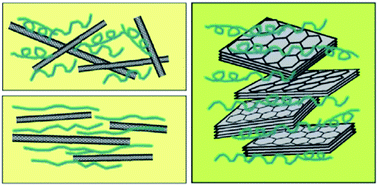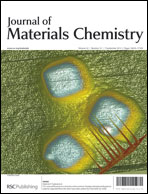Polymer/carbon nanocomposites for enhanced thermal transport properties – carbon nanotubesversusgraphene sheets as nanoscale fillers
Abstract
Light-weight composite materials of superior thermal transport properties are important to thermal management and other applications. Carbon nanomaterials with their high thermal conductivities have been widely pursued for such a purpose. Specifically,


 Please wait while we load your content...
Please wait while we load your content...